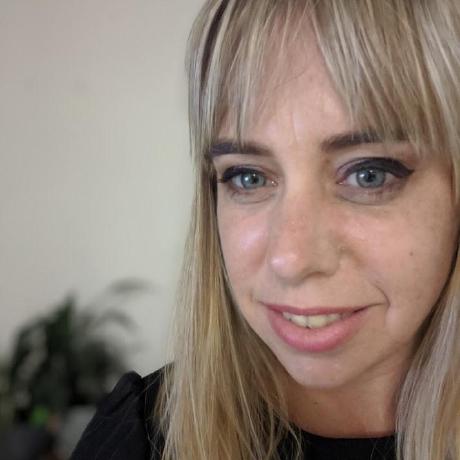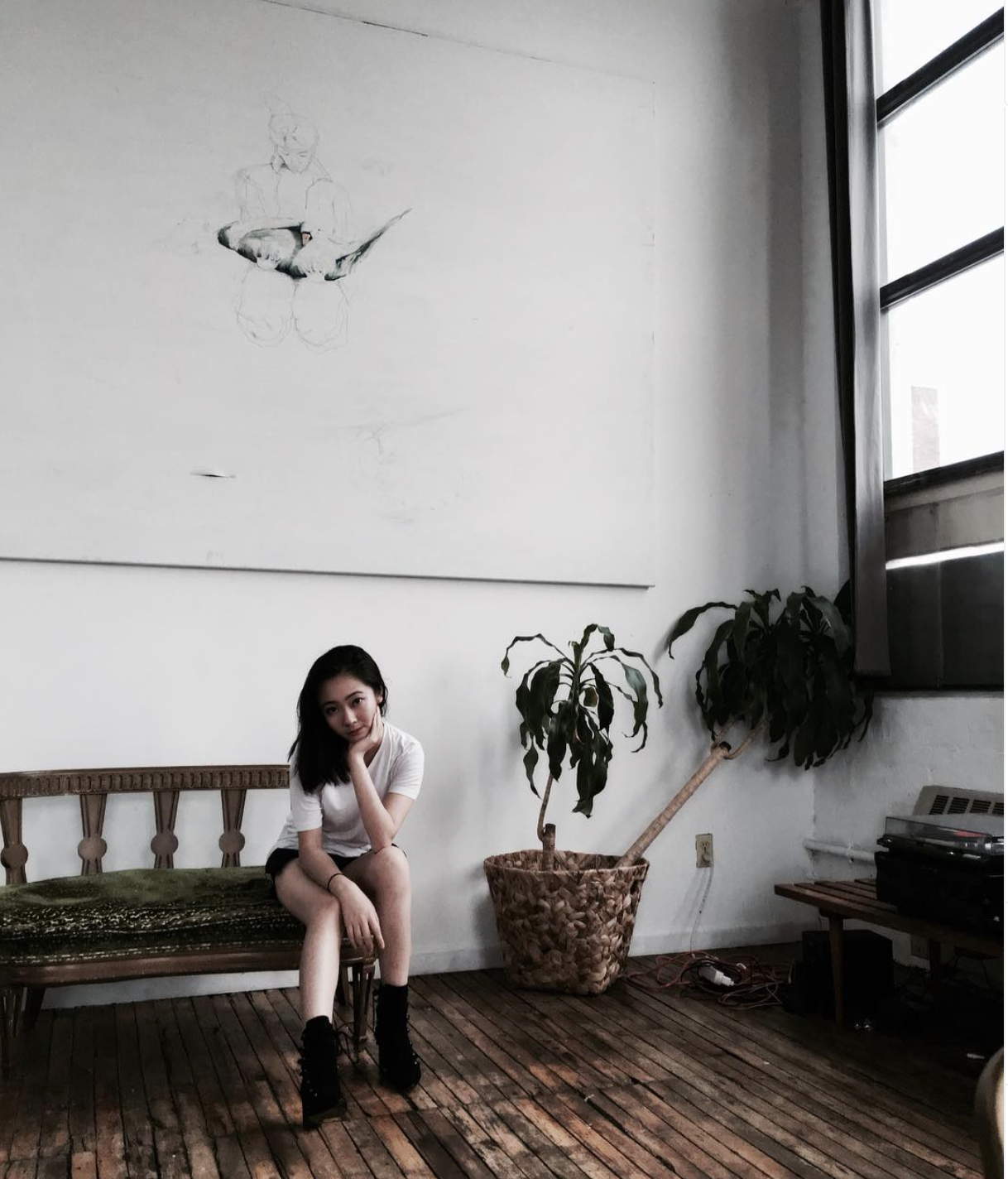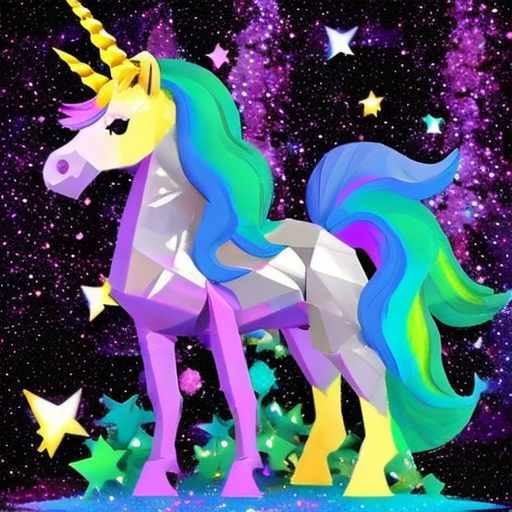🎨 Artist's Perspective Blog with Carrie Chen
 Alison Haire
Alison Haire
Welcome to the first of a series of interviews with Waterlily artists where we learn about their path to becoming an artist, what drives their passion, and their perspective on how technology impacts the artist’s. Our first artist, Carrie Chen is an artist and educator based in Los Angeles (Gabrielino-Tongva Land) who is an incredibly unique, creative artist and has also successfully integrated emerging technologies to her portfolio.
Pathway to Art
For many artists, the pathway to their craft is often a winding and unexpected journey. For Carrie Chen, her passion for art emerged from an academic background in Applied Psychology and Art History. Working in the art world introduced her to 3D and real-time rendering, which she saw as the future of experimental art-making. From there, she taught herself 3D software and pursued an MFA in Design Media Arts at UCLA. Since then, she has been actively engaged in exploring emerging technologies as mediums of expression.
Carrie’s work primarily focuses on CGI animation, game engine simulation, and multimedia installation, which she uses to explore ideas about cultural hybridity, representation, time, and memory. She draws on non-Western ontologies while also deconstructing and reconfiguring Chinese-American identity, experience, and ancestry. Through a transdisciplinary approach, she is interested in the complexities of behavior, digital bodies, and representation.
AI & Art for Good
The emergence of AI in art has been a double-edged sword for many artists. On the one hand, AI-generated art has opened up new possibilities for experimentation and creative expression. On the other hand, AI-art raises questions about authorship, authenticity, and the role of the artist in the creative process. Additionally, the AI industry has been criticized for exploiting artists and using their work without adequate compensation.
“I hope that projects like Waterlily.ai can help achieve a more equitable and sustainable model for artists to participate in the rapidly evolving AI landscape. Project Waterlily and others like it have the potential to shift the power dynamic in the AI industry, putting more control in the hands of creators.” - Carrie Chen
Projects like Waterlily.ai are seeking to address these issues by empowering artists to take control of their work and to be properly compensated for their contributions. By exploring new models of remuneration and crypto-economic incentives, this project and others like it have the potential to shift the power dynamic in the AI industry, putting more control in the hands of creators, and unleashing a new wave of creativity and innovation in the art world.
As the AI industry continues to evolve, it's essential that artists are able to participate in this landscape on their own terms. Projects like Waterlily.ai are working towards this goal, and their efforts have the potential to transform the art world for the better.

AI-generated "Rainbow Unicorn in Space" from Carrie Chen's Artist Model on Waterlily.ai
Writer's Credit: Wes Floyd
For more information please follow:
Subscribe to my newsletter
Read articles from Alison Haire directly inside your inbox. Subscribe to the newsletter, and don't miss out.
Written by

Alison Haire
Alison Haire
Let's talk about the real things. Founder @ Lilypad Compute Network prev-@Protocol Labs | @Filecoin | @Lilypad_Tech PM | Advisor @GodwokenRises | prev-@IBM TechJam Podcast Co-Host | coder, engineer, dog lover 🐕, global citizen 🌏, entrepreneur 👩💻, aspiring francophone 🥐